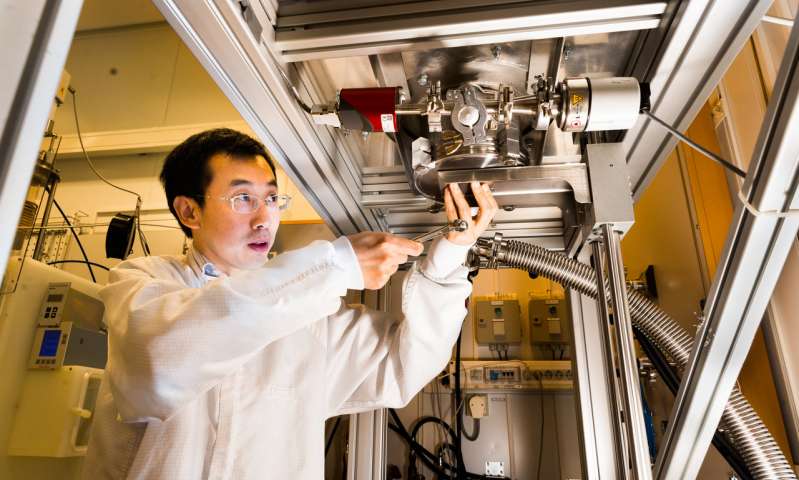Yellowstone streams recovering thanks to wolf reintroduction
In the first study of its kind, research by Oregon State University scientists shows that the return of large terrestrial carnivores can lead to...
New research questions the rate of climate change
Climate change may be occurring even faster than first thought.
That is according to a ground-breaking new study by Dr. Clayton Magill from the Lyell...
Discovery: Rare three-species hybrid warbler
Scientists have shown that a bird found in Pennsylvania is the offspring of a hybrid warbler mother and a warbler father from an entirely...
Ultra-hot gas around remnants of sun-like stars
Solving a decades-old mystery, an international team of astronomers have discovered an extremely hot magnetosphere around a white dwarf, a remnant of a star...
How do babies laugh? Like chimps!
Few things can delight an adult more easily than the uninhibited, effervescent laughter of a baby. Yet baby laughter, a new study shows, differs...
Astronomers find pairs of black holes at the centers of merging galaxies
For the first time, a team of astronomers has observed several pairs of galaxies in the final stages of merging together into single, larger...
Orangutans spontaneously bend straight wires into hooks to fish for food
The bending of a hook into wire to fish for the handle of a basket is surprisingly challenging for young children under eight years...
UK scientists opening up access to science through DIY equipment
Scientists at the University of Sussex have developed a piece of hardware to demonstrate how our brains function, as part of a growing range...
Graphene takes a step toward renewable fuel
Using the energy from the sun and graphene applied to the surface of cubic silicon carbide, researchers at Linköping University, Sweden, are working to...
Goffin’s cockatoos can create and manipulate novel tools
Goffin's cockatoos can tear cardboard into long strips as tools to reach food—but fail to adjust strip width to fit through narrow openings, according...
Codebreaker Turing’s theory explains how shark scales are patterned
A system proposed by world war two codebreaker Alan Turing more than 60 years ago can explain the patterning of tooth-like scales possessed by...















